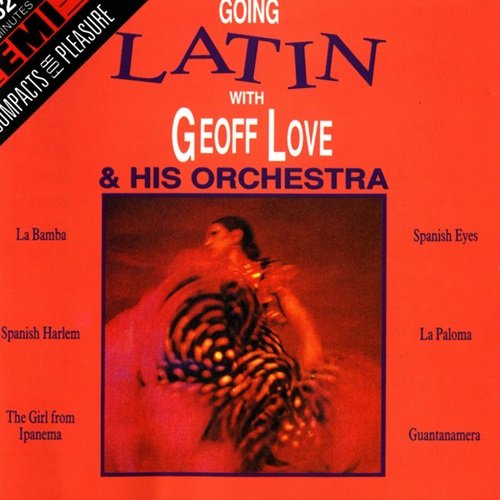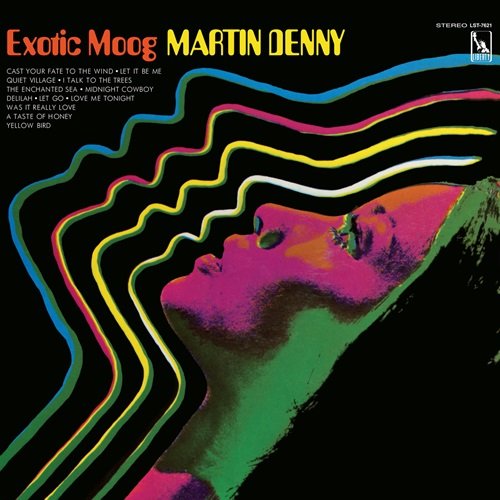Diego Fasolis - Bach: Christmas Oratorio (2011)
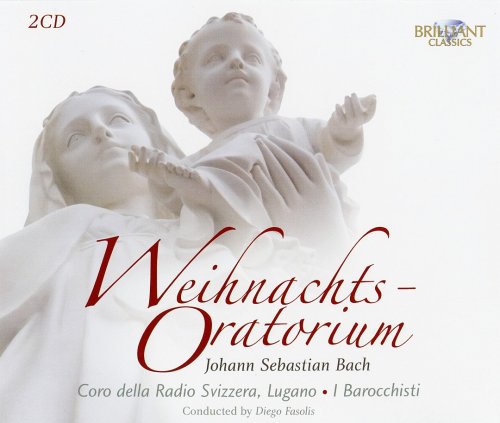
Artist: Coro della Svizzera & Lugano Barocchisti, Diego Fasolis
Title: Bach: Christmas Oratorio, BWV248
Year Of Release: 2011
Label: Brilliant Classics
Genre: Classical
Quality: FLAC (image + .cue, log, scans)
Total Time: 2:15:33
Total Size: 662 MB
WebSite: Album Preview
Tracklist:Title: Bach: Christmas Oratorio, BWV248
Year Of Release: 2011
Label: Brilliant Classics
Genre: Classical
Quality: FLAC (image + .cue, log, scans)
Total Time: 2:15:33
Total Size: 662 MB
WebSite: Album Preview
Disc: 1
1. Jauchzet, Frohlocket!
2. Es Begab Sich Aber Zu Der Zeit
3. Nun Wird Mein Liebster Bräutigam
4. Bereite Dich, Zion
5. Wie Soll Ich Dich Empfangen
6. Und Sie Gebar Ihren Ersten Sohn
7. Er Ist Auf Erden Kommen Arm
8. Großer Herr, O Starker König
9. Ach, Mein Herzliebes Jesulein!
10. Sinfonia - I Barocchisti
11. Und Es Waren Hirten in Derselben Gegend
12. Brich An, O Schönes Morgenlicht
13. Und Der Engel Sprach Zu Ihnen
14. Was Gott Dem Abraham Verheißen
15. Frohe Hirten, Eilt, Ach Eilet
16. Und Das Habt Zum Zeichen
17. Schaut Hin! Dort Liegt Im Finstern Stall
18. So Geht Denn Hin, Ihr Hirten, Geht
19. Schlafe, Mein Liebster, Genieße Der Ruh
20. Und Alsobald War Da Bei Dem Engel
21. Ehre Sei Gatt in Der Höhe
22. So Recht, Ihr Engel, Jauchzt Und Singet
23. Wir Singen Dir in Deinem Heer
24. Herrscher Des Himmels, Erhöre Das Lallen
25. Und Da Die Engel Von Ihnen Gen Himmel Fuhren
26. Lasset Uns Nun Gehen Gen Bethlehem
27. Er Hat Sein Volk Getröst
28. Dies Hat Er Alles Uns Getan
29. Herr, Dein Mitlied, Dein Erbarmen
30. Und Sie Kamen Eilend, Und Funden Beide
31. Schließe, Mein Herze, Dies Selige Wunder
32. Ja, Ja, Mein Herz Soll Es Bewahren
33. Ich Will Dich Mit Fleiß Bewahren
34. Und Die Hirten Kehrten Wieder Um
35. Seid Froh, Dieweil, Daß Euer Heil
36. Herrscher Des Himmels, Erhöre Das Lallen
Disc: 2
1. Fallt Mit Danken, Fallt Mit Loben
2. Und Da Acht Tage Um Waren
3. Immanuel, O Süßes Wort!
4. Flößt, Mein Heiland, Flößt Dein Namen
5. Wohlan, Dein Name Soll Allein
6. Ich Will Nur Dir Zu Ehren Leben
7. Jesus Richte Mein Beginnen
8. Ehre Sei Dir, Gott, Gesungen
9. Da Jesus Geboren War Zu Bethlehem
10. Wo Ist Der Neugeborne König Der Jüden?
11. Dein Glanz All Finsternis Verzehrt
12. Erleucht Auch Meine Finstre Sinnen
13. Da Das Der König Herodes Hörte
14. Warum Wollt Ihr Erschrecken?
15. Und Ließ Versammeln Alle Hohepriester
16. Ach! Wenn Wird Die Zeit Erscheinen?
17. Mein Liebster Herrschet Schon
18. Zwar Ist Solche Herzensstube
19. Herr, Wenn Die Stolzen Feinde Schnauben
20. Da Berief Herodes Die Weisen Heimlich
21. Du Falscher, Suche Nur Denn Herrn Zu Fällen
22. Nur Ein Wink Von Seinen Händen
23. Als Sie Nun Den König Gehöret Hatten
24. Ich Steh an Deiner Krippen Hier
25. Und Gott Befahl Ihnen Im Traum
26. So Geht! Genug, Mein Schatz Geht Nicht Von Hier
27. Nun Mögt Ihr Stolzen Feinde Schrecken
28. Was Will Der Hölle Schrecken Nun
29. Nun Seid Ihr Wohl Gerochen
One of Bach’s most festive religious works, the Christmas Oratorio, celebrating Christ’s Nativity.
Performance based on Historic Music Practice, on authentic instruments.
The recording of Diego Fasolis was awarded numerous international record prizes, among which the prestigious Diapason’d Or.
Compiled from secular cantatas and first published in 1734, Bach’s Christmas Oratorio is remarkable in that it was conceived to be performed in two churches over six feast days, across a two-week period. Gathering together suitable cantatas to form a larger work was not an unusual practice, and Bach’s Easter and Ascension Oratorios (BWV 249 and 11) are both compiled from secular cantatas. It is indeed possible that Bach had in mind recycling the cantatas into a larger work when he originally composed them.
The Christmas Oratorio was composed for the church year of 1734/5. A particular pattern of dates in this year meant that it could only be performed again during a church year with the same day and date sequence. During Bach’s term in office this only allowed 3 possible performances - in 1739/40, 1744/45 and 1745/46 - as a re-order is not possible.
The music of this recording is glorious late Bach. Composed after the St John and St Matthew Passions and the B minor Mass, his maturity as a composer is evident in both the structure of the work and the subtle orchestration and contrapuntal writing of the chorales.
Performance based on Historic Music Practice, on authentic instruments.
The recording of Diego Fasolis was awarded numerous international record prizes, among which the prestigious Diapason’d Or.
Compiled from secular cantatas and first published in 1734, Bach’s Christmas Oratorio is remarkable in that it was conceived to be performed in two churches over six feast days, across a two-week period. Gathering together suitable cantatas to form a larger work was not an unusual practice, and Bach’s Easter and Ascension Oratorios (BWV 249 and 11) are both compiled from secular cantatas. It is indeed possible that Bach had in mind recycling the cantatas into a larger work when he originally composed them.
The Christmas Oratorio was composed for the church year of 1734/5. A particular pattern of dates in this year meant that it could only be performed again during a church year with the same day and date sequence. During Bach’s term in office this only allowed 3 possible performances - in 1739/40, 1744/45 and 1745/46 - as a re-order is not possible.
The music of this recording is glorious late Bach. Composed after the St John and St Matthew Passions and the B minor Mass, his maturity as a composer is evident in both the structure of the work and the subtle orchestration and contrapuntal writing of the chorales.

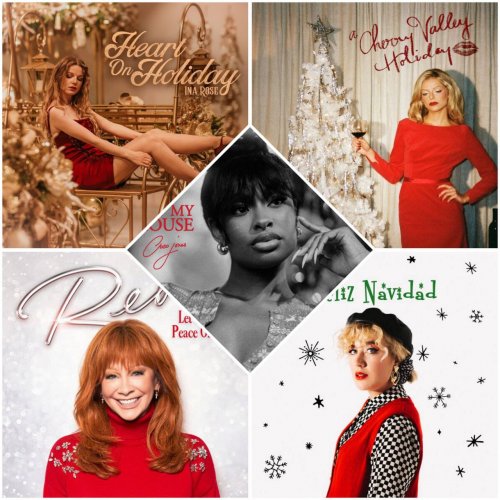
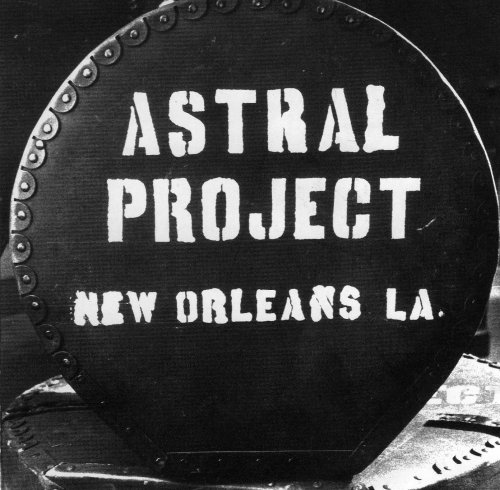
![Paul Mauriat - Mamy Blue (1971) [Hi-Res] Paul Mauriat - Mamy Blue (1971) [Hi-Res]](https://www.dibpic.com/uploads/posts/2025-12/1766140814_nqjtxk40yc4oi_600.jpg)
![Philippe Chrétien, Jeannot Steck - Eclipse - The Album (2025) [Hi-Res] Philippe Chrétien, Jeannot Steck - Eclipse - The Album (2025) [Hi-Res]](https://www.dibpic.com/uploads/posts/2025-12/1766208210_folder.jpg)
![Clifton Chenier - The King of Zydeco (Live) (1981) [Hi-Res] Clifton Chenier - The King of Zydeco (Live) (1981) [Hi-Res]](https://img.israbox.com/img/2025-12/20/xjfs68k4k2e6nw8a1vz89ft6c.jpg)
![Bobby Meckam - Trumpet and Jazz in Strings (1981/2025) [Hi-Res] Bobby Meckam - Trumpet and Jazz in Strings (1981/2025) [Hi-Res]](https://www.dibpic.com/uploads/posts/2025-12/1766062047_cover.jpg)
